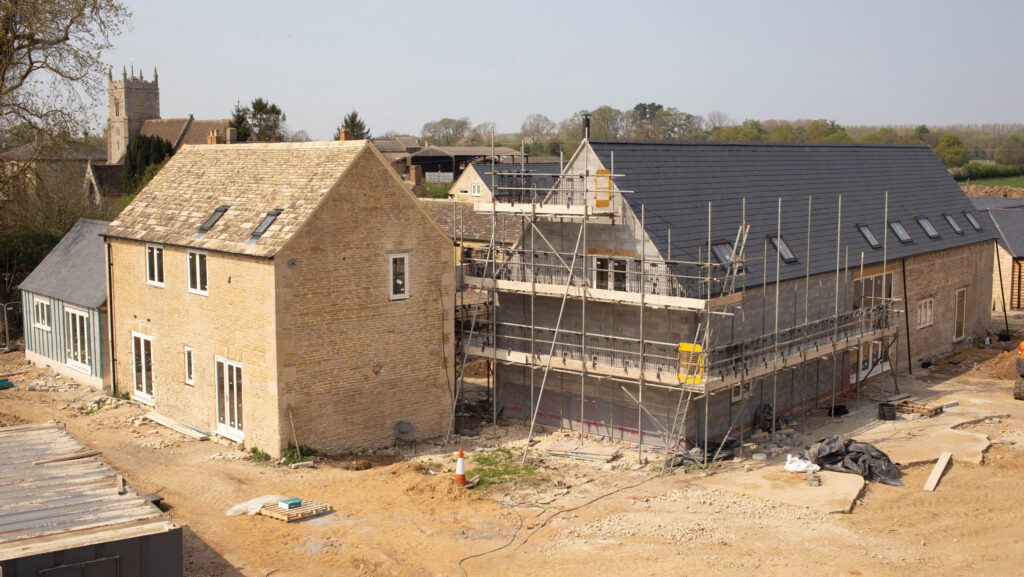Business Clinic: Can we convert farm building to a large house?
 © Tim Scrivener
© Tim Scrivener Whether it’s a legal, tax, insurance, management or land issue, Farmers Weekly’s Business Clinic experts can help.
Here, planning expert Nicola Quick, a partner with Carter Jonas, sets out how permitted development rights changes affect the conversion of farm buildings to residential use.
See also: Business Clinic: advice on a move to min till and return of stock to farm
Q: We have a large, modern, unused shed (450sq m) on our land that we think could be suitable for converting into a large residential property.
Before we get started, is this a wise investment and is there anything we need to be aware of?
I have seen that there have been changes to Class Q rules – will this affect what we can do?
A: Modern agricultural buildings often don’t comply with local planning policy to convert under full permission, but it may be possible to use Class Q permitted development, which streamlines the process of converting agricultural buildings into residential dwellings.
However, changes announced in 2024 will affect your plans, if you decide to go down this route. Although a 12-month transitional period permitted the use of either the old or new rules, that came to an end on 20 May this year.
Unfortunately, this means that you now can’t convert your 450sq m shed into a single dwelling – the maximum total surface area is 150sq m.
However, rather than dwelling on the negatives, the new legislation does offer some opportunities you may not have considered. You could convert your 450sq m building into three smaller properties that are 150sq m each.
If you decide in the future to convert additional agricultural buildings into residential properties, you’re now allowed to create up to 10 dwellings (up to a total area of 1,000sq m), whereas previously the limit was five.
Additional changes to Class Q should also make the process more streamlined.
Agricultural use requirement changed
Class Q now relates to the conversion of “buildings on agricultural units and former agricultural buildings to dwelling houses”, with the agricultural use requirement for buildings on established agricultural units having been removed.
Former agricultural buildings are now eligible for conversion to residential or commercial use provided that the building was part of an agricultural unit on or before 24th July 2023. Previously, the cut-off was March 2013.
However, where the site is no longer part of an established agricultural unit, the building cannot be used for any non-agricultural purpose.
These changes are fundamental because what they are trying to make clear is that if you have already diversified, they are not going to punish you by claiming the building is no longer in agricultural use.
Changing the date that determines agricultural use is also key – you may have records going back that far, and therefore it wouldn’t be a problem, but if you’re a more recent owner, finding proof of agricultural use more than a decade ago could have been a headache you can thankfully now avoid.
Benefits of practical changes
Some practical elements have also been added to make your life easier when you’re designing dwellings.
You’re now allowed 0.2m protrusions, which will allow things previously prohibited, such as cladding and protruding roof lights.
These are helpful when it comes to making a former agricultural unit look less industrial and more aesthetically pleasing.
Single-storey extensions of up to 4m at the rear of the existing building are now allowed, provided it is on an existing hard surface.
Whether these new rules prove fit for purpose remains to be seen. The advantage of creating a single larger dwelling was that many farm buildings lend themselves to this design, as they could have wide, open spaces.
Without knowing the details of your building, I can’t comment on whether the new rules will be suitable, but creating smaller houses could potentially pose some challenges – for instance, each habitable room needs to have natural light, so your architect would need to put their thinking cap on in order to figure that out.
However, if you have a building that is suitable, you could potentially benefit from being able to create three smaller dwellings, rather than just one.
It’s an option that could prove lucrative and is worth considering, depending on your circumstances.
Do you have a question for the panel?
Outline your legal, tax, finance, insurance or farm management question in no more than 350 words and Farmers Weekly will put it to a member of the panel. Please give as much information as possible.
Email your question to FW-Businessclinic@markallengroup.com using the subject line “Business Clinic”.
